How To Treat Von Willebrand Disease
How to treat von willebrand disease. DDAVP is a synthetic form of the hormone vasopressin. The presence of arteriovenous malformations is often described when endoscopic examinations are performed. Treatments for heavy periods.
The most common treatment for von Willebrand disease is desmopressin acetate. The choice depends on patient factors and convenience. Gastrointestinal GI bleeding is distinctive of severe von Willebrand disease VWD generally arising in older patients.
The next step involves performing a trial infusion with desmopressin in all patients who fail to exhibit an enhanced responsiveness to ristocetin. Dissociation between correction of the bleeding time BT vWF multimer pattern and treatment efficacy. Gastrointestinal GI bleeding is distinctive of severe von Willebrand disease VWD generally arising in older patients.
Von Willebrand disease VWD is caused by quantitative or qualitative deficiencies in plasma von Willebrand factor VWF and constitutes the most common inherited bleeding disorder. Its available as an injection or a nasal spray. The presence of arteriovenous malformations is often described when.
Treatment and lifestyle advice for von Willebrand disease Treating and preventing bleeds. 1 Reduced plasma VWF levels in combination with a family history of bleeding have a reported prevalence of 1. This approach would help identify those subjects who will probably benefit from a diagnosis of VWD.
For example the intravenous route will mostly be used for patients undergoing surgery. Low platelet adhesion to injured blood vessels and defective intrinsic coagulation owing to low plasma levels of factor VIII. Two abnormalities are characteristic of the disease which is caused by a deficiency or a defect in the multimeric glycoprotein called von Willebrand factor.
Treatment of von Willebrands disease vWD with a high purity factor VIII concentrate. Aminocaproic acid and tranexamic acid may be given orally or intravenously.
The next step involves performing a trial infusion with desmopressin in all patients who fail to exhibit an enhanced responsiveness to ristocetin.
The next step involves performing a trial infusion with desmopressin in all patients who fail to exhibit an enhanced responsiveness to ristocetin. Because von Willebrand disease can be transmitted as an autosomal dominant or recessive trait the fetus can have up to a 50 risk of being affected. The acquired von Willebrand syndrome AVWS is a bleeding disorder that is frequently unrecognized or is misdiagnosed as von Willebrand disease. Two abnormalities are characteristic of the disease which is caused by a deficiency or a defect in the multimeric glycoprotein called von Willebrand factor. The aim of treatment is to correct either the abnormalreduced von Willebrand factor and the associated deficiency of factor VIII when present. AVWS is characterized by structural or functional defects of von Willebrand factor VWF that are secondary to autoimmune lymphoproliferative or myeloproliferative malignant cardiovascular or other disorders. The choice depends on patient factors and convenience. 2 Furthermore significant bleeding symptoms due to reduced VWF levels have been observed. Gastrointestinal GI bleeding is distinctive of severe von Willebrand disease VWD generally arising in older patients.
These tests may show if there is a bleeding disorder but more tests are needed to tell the type of bleeding disorder present. The following screening tests are done first to show if the blood is clotting properly. If youre bleeding applying pressure to the wound or pinching the soft part of your. Low platelet adhesion to injured blood vessels and defective intrinsic coagulation owing to low plasma levels of factor VIII. Two abnormalities are characteristic of the disease which is caused by a deficiency or a defect in the multimeric glycoprotein called von Willebrand factor. The aim of treatment is to correct either the abnormalreduced von Willebrand factor and the associated deficiency of factor VIII when present. AVWS is characterized by structural or functional defects of von Willebrand factor VWF that are secondary to autoimmune lymphoproliferative or myeloproliferative malignant cardiovascular or other disorders.





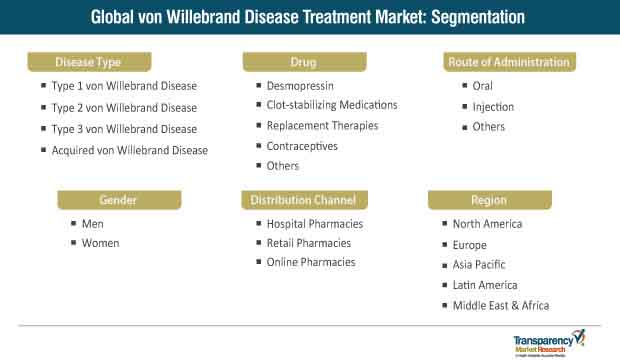



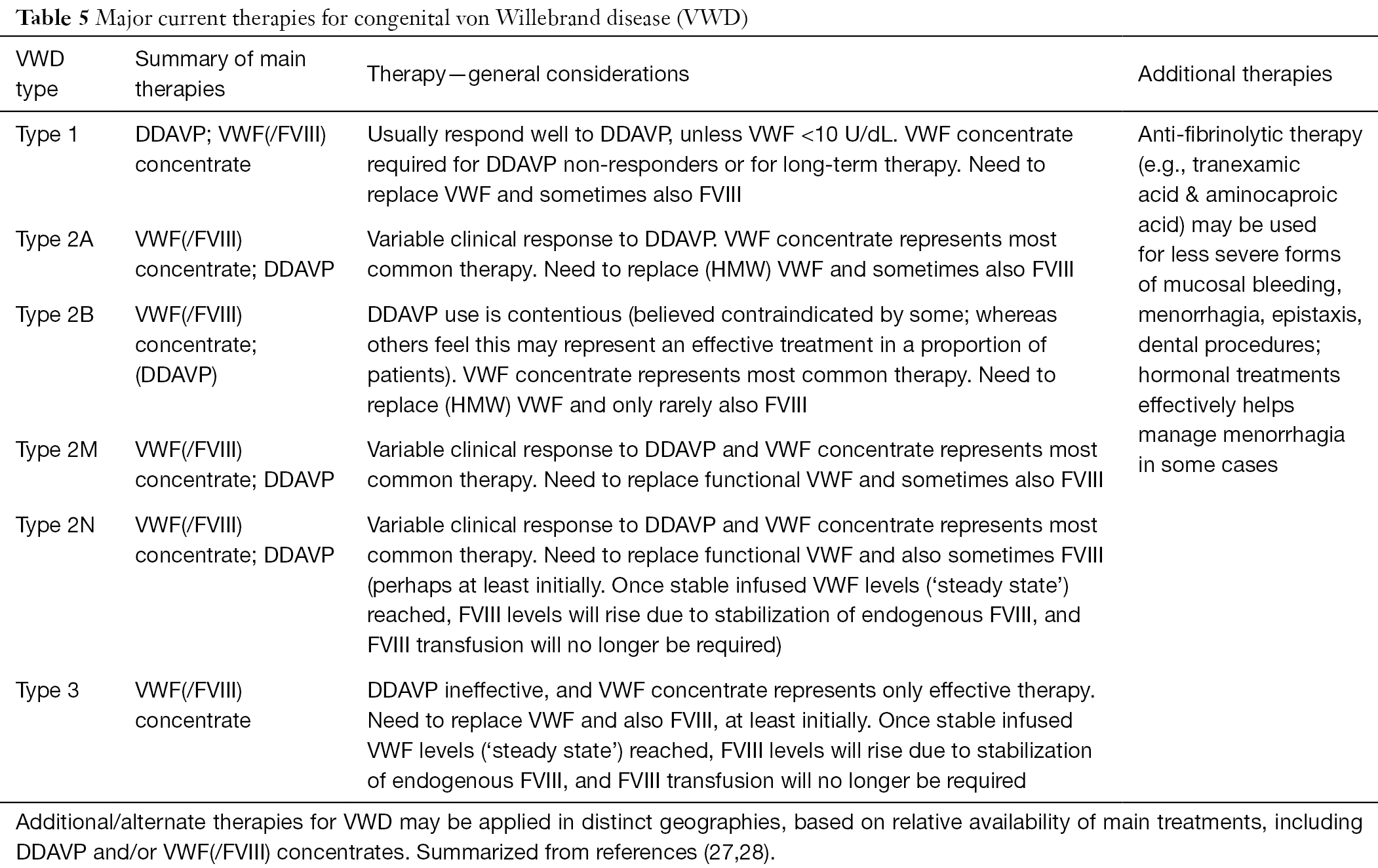



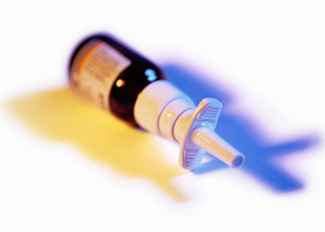
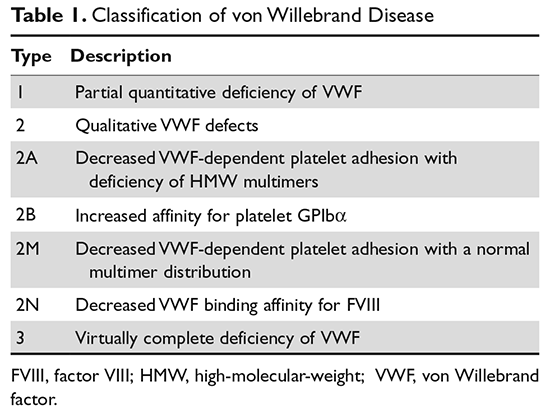
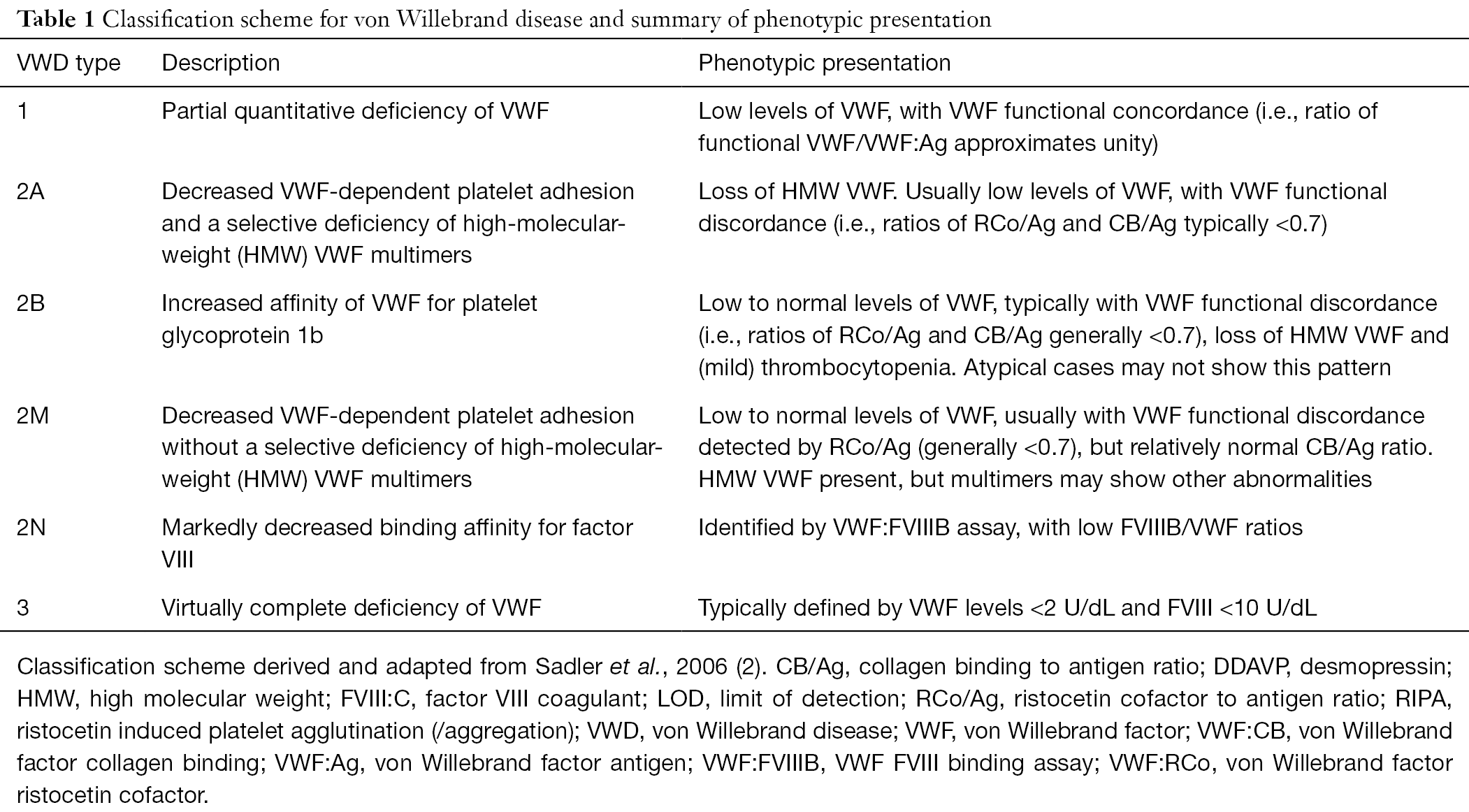

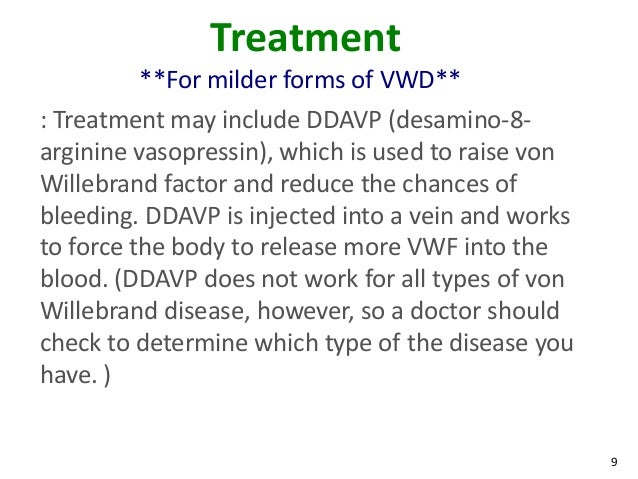
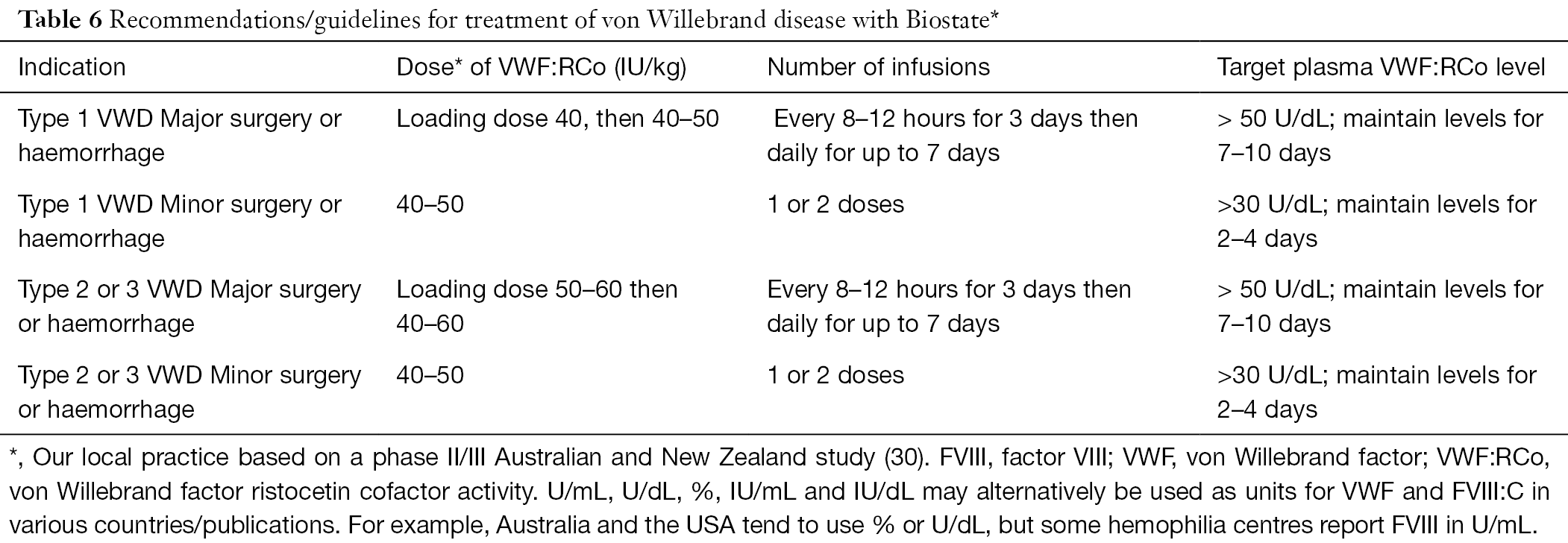

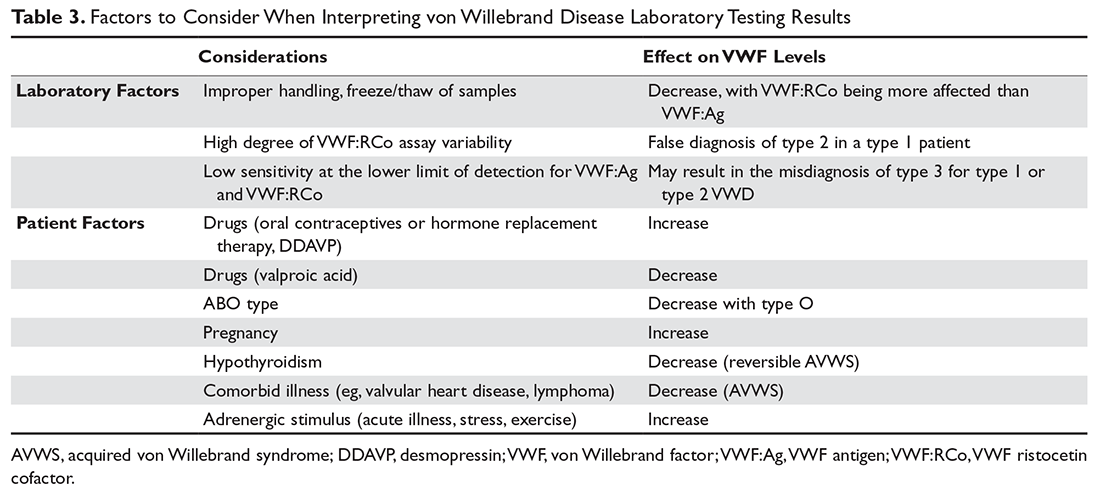
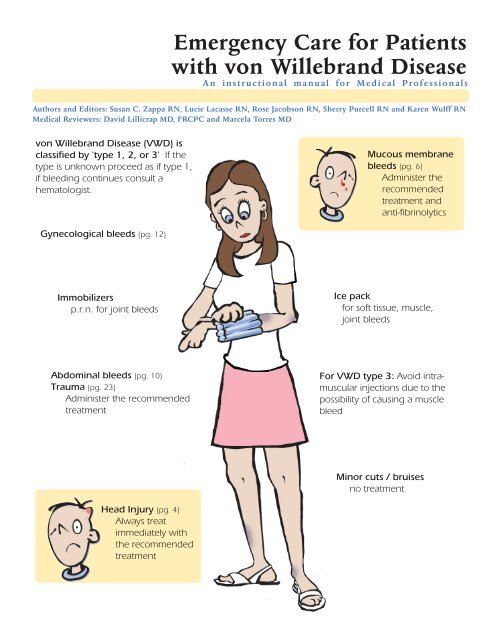







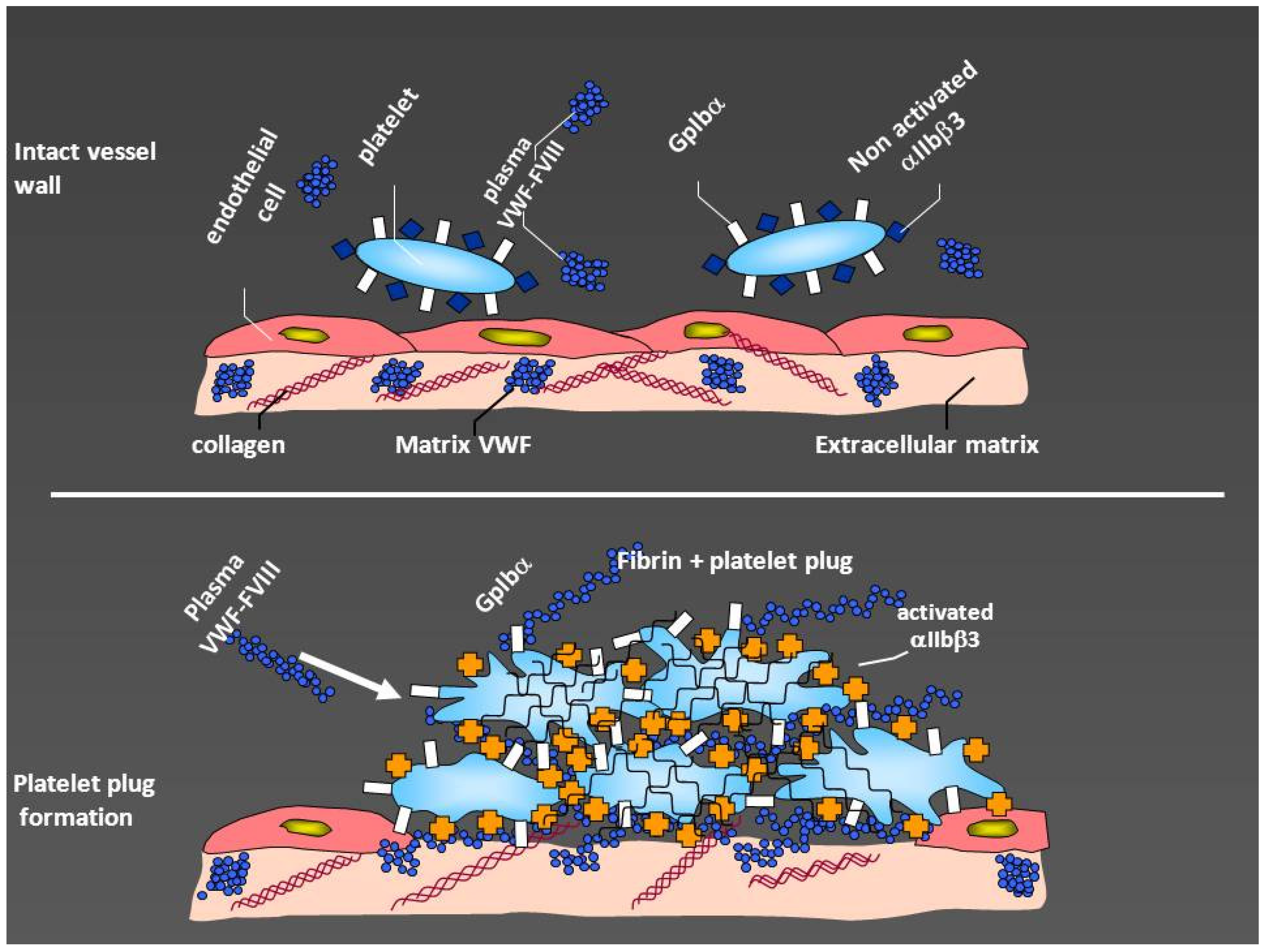
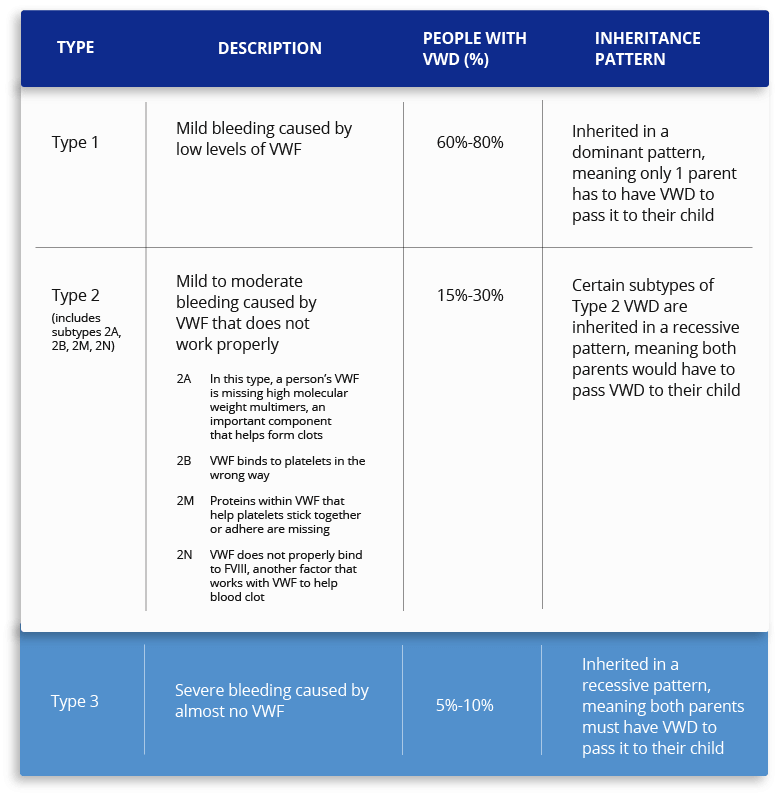

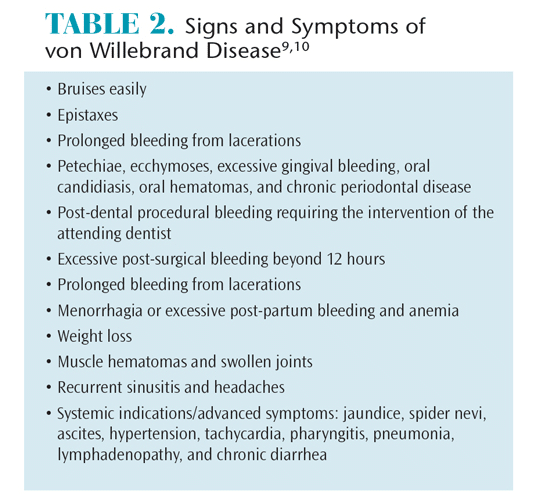
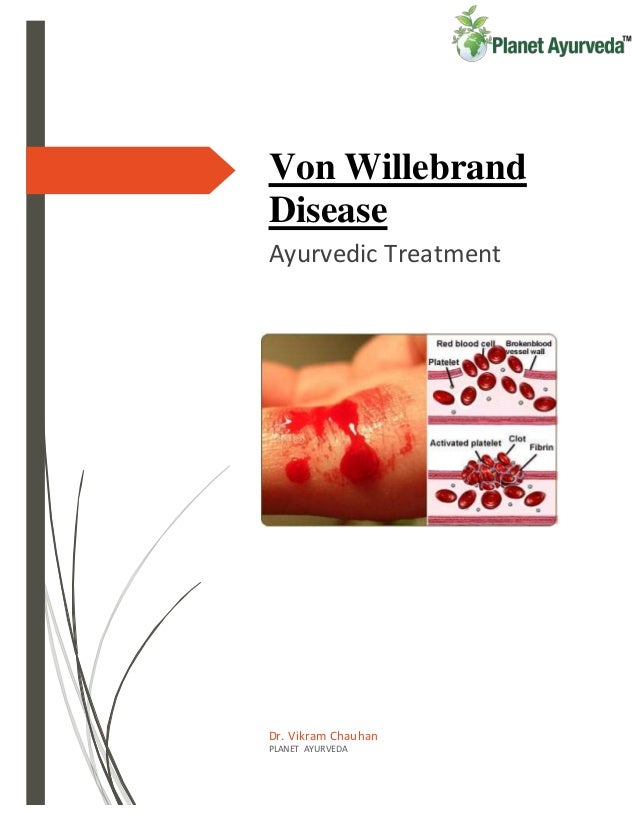




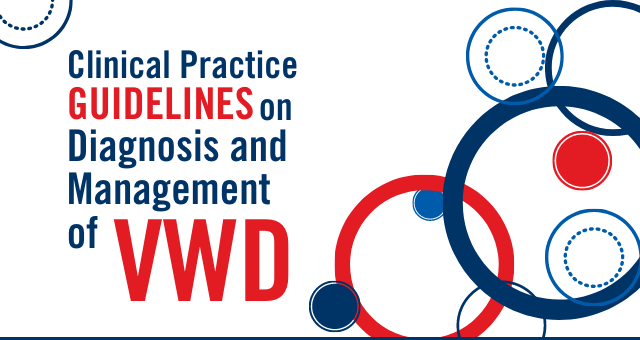


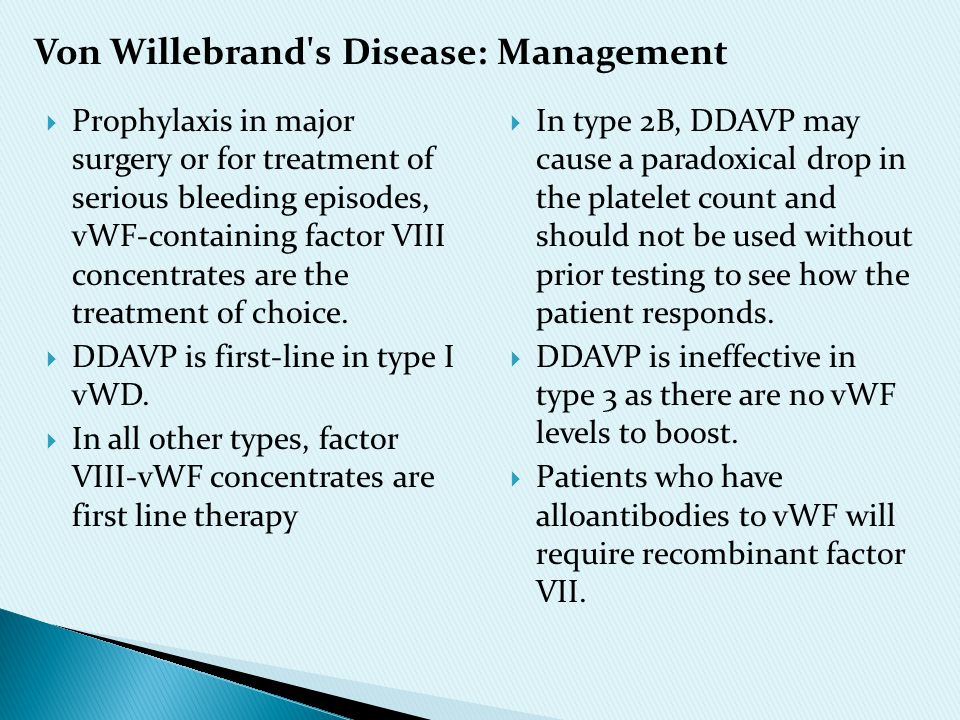



Post a Comment for "How To Treat Von Willebrand Disease"